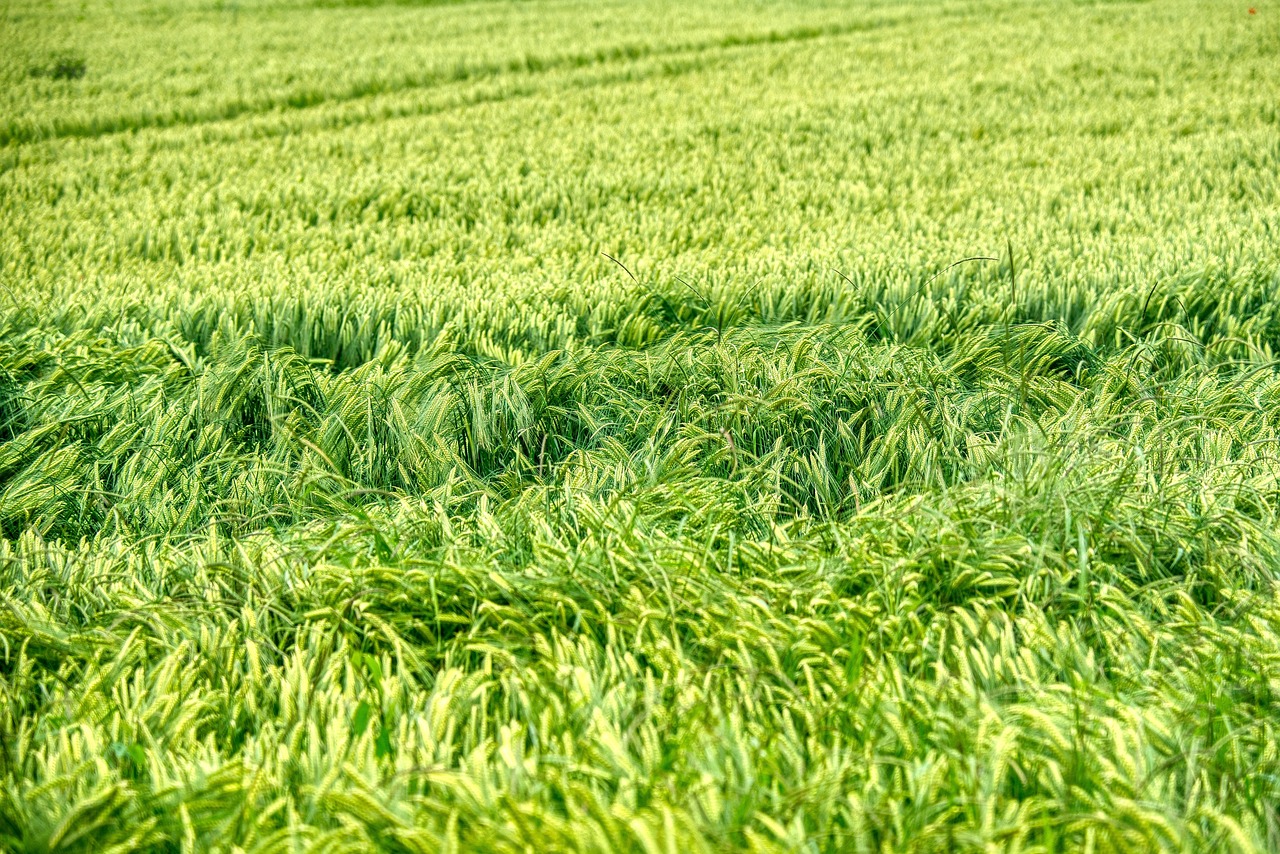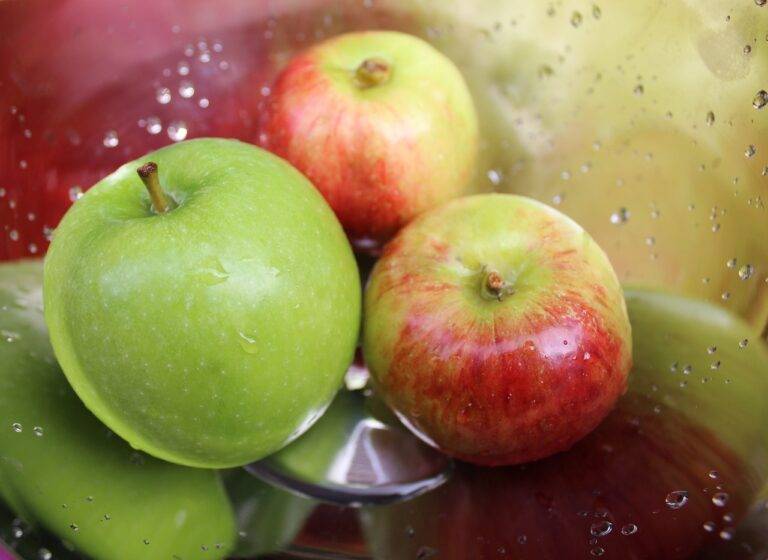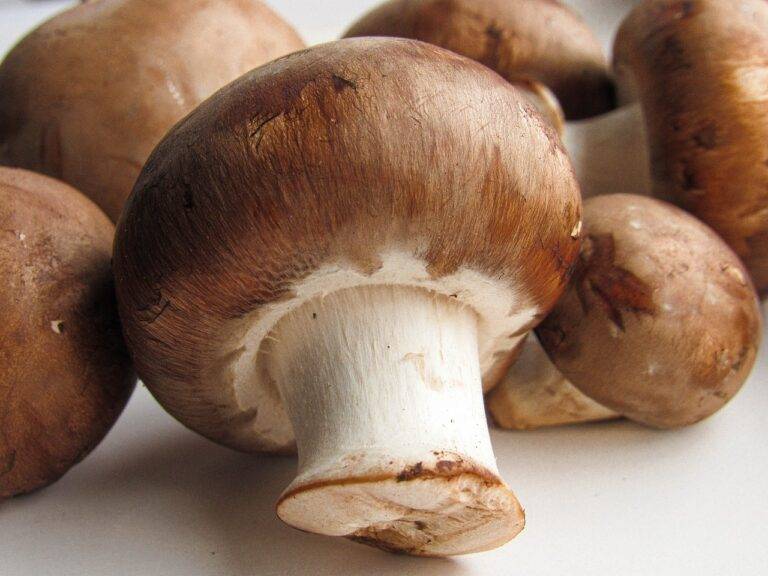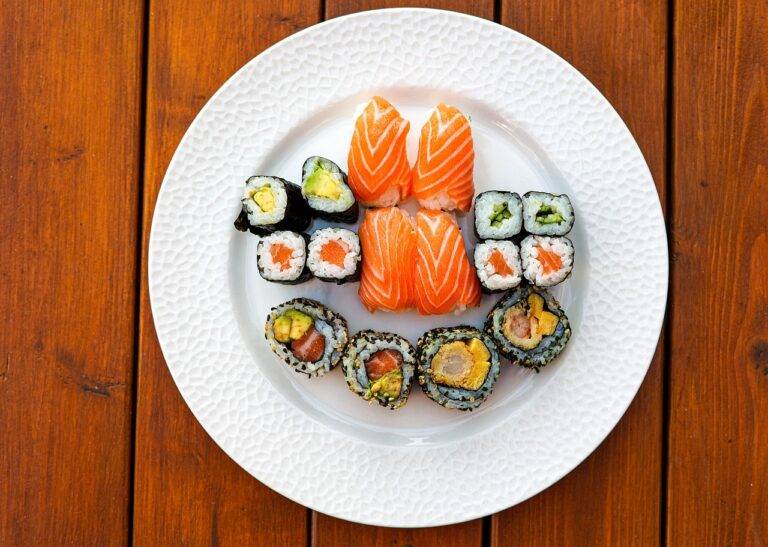The Science Behind Molecular Gastronomy
Molecular gastronomy is a scientific approach to cooking that explores the physical and chemical transformations that occur during food preparation. By understanding the principles of chemistry and physics at a molecular level, chefs are able to create innovative dishes and push the boundaries of traditional cooking techniques.
In molecular gastronomy, ingredients are deconstructed and reinterpreted in creative ways to enhance flavors, textures, and presentations. By utilizing techniques such as spherification, emulsification, and foaming, chefs are able to transform familiar dishes into unique culinary experiences that both surprise and delight diners.
Understanding the Role of Chemistry in Cooking
Chemistry plays a crucial role in the art of cooking, influencing every aspect of the culinary process. From the Maillard reaction that gives food its distinctive flavors to the emulsification of ingredients in sauces, chemical reactions are fundamental in creating delicious dishes. Understanding how ingredients interact at a molecular level allows chefs to manipulate flavors, textures, and appearances to enhance the overall dining experience.
Moreover, the application of chemistry in cooking extends beyond taste to food safety and preservation. Techniques such as pickling, curing, and sous vide cooking rely on chemical principles to prevent spoilage and extend the shelf life of perishable ingredients. By harnessing the power of chemistry, chefs can not only create innovative dishes but also ensure that their creations are safe for consumption.
Exploring the Techniques Used in Molecular Gastronomy
Molecular gastronomy relies on a variety of innovative techniques to transform traditional ingredients into unique culinary creations. One such technique is spherification, which involves turning liquid ingredients into spheres using sodium alginate and calcium chloride. This process creates visually striking and flavor-packed spheres that burst in the mouth, providing a sensory experience like no other in the realm of cooking.
Another key technique in molecular gastronomy is foams, achieved through the use of a foaming agent like soy lecithin. By aerating liquid ingredients, chefs can create foams with delicate textures and intense flavors, adding a touch of whimsy and sophistication to their dishes. These foams can range from light and airy to dense and creamy, offering endless possibilities for chefs to experiment with textures and presentations.





